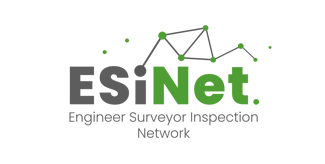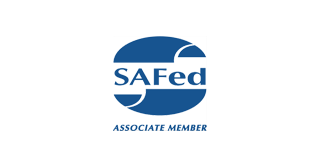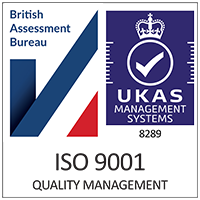If your business operates lifting equipment, you’ll be familiar with the legal obligation to comply with the Lifting Operations and Lifting Equipment Regulations 1998 (LOLER). A key requirement of LOLER is the Thorough Examination – a systematic and detailed inspection of lifting equipment carried out by a competent person.
But what actually happens during a LOLER thorough examination, and how can you prepare?
In this article, we explain what to expect and why this process is critical to workplace safety and legal compliance.
What Is a LOLER Thorough Examination?
A thorough examination is not the same as routine maintenance. It is a formal, detailed inspection specifically aimed at identifying defects that may compromise the safe operation of lifting equipment. It must be carried out by someone with the appropriate knowledge, training, and experience – known as a competent person.
Thorough examinations are legally required:
-
Before first use of lifting equipment
-
At regular intervals (typically every 6 or 12 months depending on the type of equipment)
-
After exceptional circumstances, such as damage, failure, or major modification
Equipment Covered by LOLER
LOLER applies to any equipment used for lifting or lowering loads, including the attachments used to anchor, fix, or support it. This includes:
-
Cranes
-
Forklift trucks
-
Hoists
-
Lifting accessories (chains, slings, hooks, etc.)
-
Passenger lifts and platform lifts
-
Vehicle tail lifts
What Happens During the Examination?
A thorough examination follows a structured process, including the following stages:
1. Visual Inspection
The competent person begins with a visual check for signs of wear, damage, corrosion, deformation, or incorrect assembly. This includes:
-
Welds and structural integrity
-
Load-bearing components
-
Bolts, pins, and other fasteners
-
Labels and markings
2. Functional Checks
The examiner will test the equipment to ensure that it operates correctly and safely. This may include:
-
Movement of arms, platforms or forks
-
Braking and control systems
-
Emergency stop functions
-
Safety interlocks and limit switches
3. Non-Destructive Testing (if applicable)
Depending on the equipment type and its condition, the examination may involve non-destructive testing (NDT) methods, such as:
-
Magnetic particle inspection
-
Dye penetrant testing
-
Ultrasonic testing
These are used to detect hidden cracks or defects not visible to the naked eye.
4. Inspection of Lifting Accessories
Lifting accessories such as slings, shackles, and chains are also thoroughly examined for:
-
Stretching or elongation
-
Fraying or broken strands
-
Excessive wear or corrosion
-
Legibility of identification markings
5. Documentation and Reporting
Once the examination is complete, the competent person produces a report of thorough examination, which includes:
-
Details of the equipment
-
Date of inspection and next due date
-
Findings and observations
-
Any defects found and their severity
-
Recommendations for remedial action
If a defect poses an immediate risk, the equipment must be taken out of service until it is repaired and re-examined.
Your Responsibilities as a Duty Holder
As the employer or equipment owner, you are responsible for ensuring:
-
Equipment is examined by a competent person
-
Examinations are carried out at correct intervals
-
Reports are retained and made available for inspection (typically for at least two years)
-
Any defects or safety concerns are addressed promptly
Final Thoughts
A LOLER thorough examination is an essential part of maintaining safe lifting operations. It not only ensures compliance with the law but also protects your workers and your business from avoidable accidents and costly downtime.
At SIS Ltd, our experienced engineer surveyors provide comprehensive LOLER examinations across a wide range of industries. We help you stay compliant, confident, and safe.











